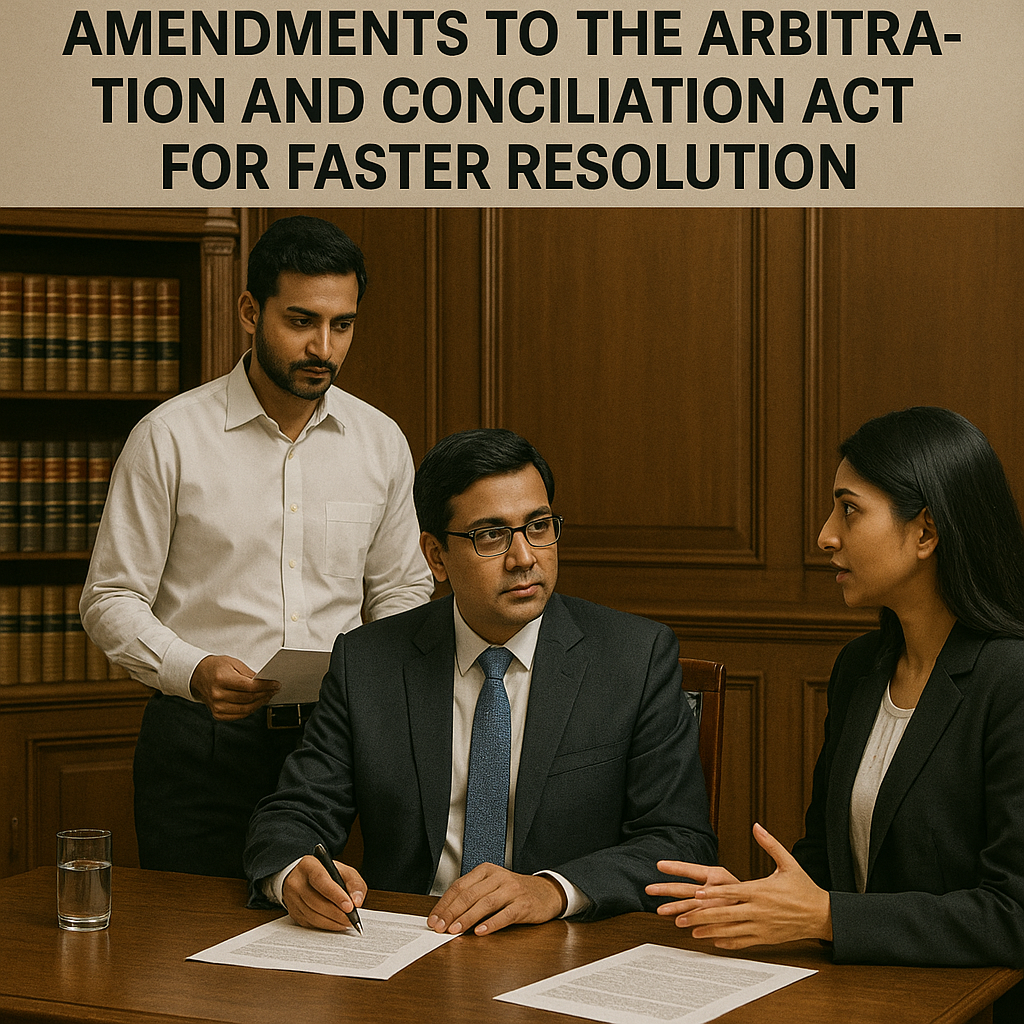Laws to be Applied to an Arbitration
In the context of arbitration, the term "laws to be applied" is not a singular concept. Instead, arbitration is governed by a multi-layered legal framework. It's crucial to understand the different laws that apply to various aspects of the arbitration process to ensure a valid and enforceable award. These laws are often distinguished into three main categories:
1. The Substantive Law of the Dispute (or Proper Law of the Contract)
This is the law that governs the rights and obligations of the parties under the main contract. It is the law that the arbitral tribunal will apply to resolve the actual dispute on its merits.
Party Autonomy: Parties have the freedom to choose the substantive law that will govern their contract. This is a cornerstone of commercial contracts and is explicitly recognized in arbitration laws worldwide, including in India's Arbitration and Conciliation Act, 1996 (Section 28).
Absence of Choice: If the parties have not explicitly chosen a substantive law, the arbitral tribunal will determine the applicable law based on the "conflict of laws" rules it considers applicable. This typically involves identifying the legal system with which the contract has the "closest and most real connection."
Applicability: This law will determine whether the contract is valid, whether there has been a breach, what remedies are available (e.g., damages, specific performance), and other substantive legal issues.
2. The Curial Law (or Lex Arbitri)
The curial law, also known as the procedural law of the arbitration, governs the conduct of the arbitration proceedings. It is the law that dictates the procedural framework for the arbitration.
Source of Law: The curial law is almost always the law of the seat of the arbitration. The "seat" is the legal home of the arbitration, as distinguished from the "venue" where hearings may physically take place. The seat determines the supervisory court that has jurisdiction to assist the arbitration (e.g., in appointing arbitrators) and to hear challenges to the arbitral award (e.g., an application to set aside the award under Section 34 of the Act).
Party Autonomy and Flexibility: The parties can agree on the rules of procedure, for example, by adopting institutional rules like those of the International Chamber of Commerce (ICC) or the London Court of International Arbitration (LCIA). However, these rules can only supplement, and not contradict, the mandatory provisions of the curial law.
Role of the Act: In India, the curial law for domestic arbitrations is the Arbitration and Conciliation Act, 1996. For an international commercial arbitration seated in India, Part I of the Act serves as the curial law, giving Indian courts supervisory jurisdiction over the proceedings.
3. The Law Governing the Arbitration Agreement
The arbitration agreement itself is treated as a separate and independent contract, a principle known as severability (or separability). This means the law governing the arbitration agreement may be different from the substantive law of the main contract.
Importance: The law governing the arbitration agreement determines its validity, scope, and interpretation. It answers critical questions such as whether a particular dispute is "arbitrable" under that law and who can be considered a party to the agreement.
Determining the Law:
Express Choice: The parties can explicitly state the law governing the arbitration agreement in the contract.
Implied Choice: If there is no express choice, courts typically look for an implied choice. A strong presumption is that the law of the main contract also governs the arbitration agreement.
Closest Connection: In the absence of both an express and implied choice, the law of the arbitration agreement is usually considered to be the law of the "seat" of arbitration, as the seat is the place with which the arbitration agreement has the "closest and most real connection."
Interplay and Common Scenarios
The three laws can be the same, or they can be different, especially in international commercial arbitration. A well-drafted arbitration clause should clearly specify all three laws to avoid ambiguity and costly jurisdictional disputes.
Scenario 1 (All Laws are the Same): A contract between two Indian companies with the seat of arbitration in Delhi, and the contract specifies that "Indian law shall govern the contract and all disputes arising therefrom." In this case, the substantive law, curial law, and the law of the arbitration agreement are all Indian law.
Scenario 2 (Different Laws): A contract between an Indian company and a US company specifies that "the substantive law of the contract shall be New York law." However, the arbitration clause states that the "seat of arbitration shall be Mumbai." In this case:
The substantive law is New York law.
The curial law is Indian law (specifically, Part I of the Arbitration and Conciliation Act, 1996).
The law of the arbitration agreement would likely be Indian law, given the choice of Mumbai as the seat of arbitration, unless the parties explicitly chose a different law for this specific purpose.
Understanding the distinction between these three sets of laws is crucial for lawyers, arbitrators, and parties to an arbitration agreement. It dictates the entire legal framework within which the dispute is resolved and the final award is enforced.






0 comments